I’m a Tree Expert – Here Are 7 Landscaping Rules I Always Follow Around Trees (and the Mistakes I Avoid)
Work with your trees, not against them. Follow these 7 simple dos and don'ts to craft a landscape that keeps you both happy.
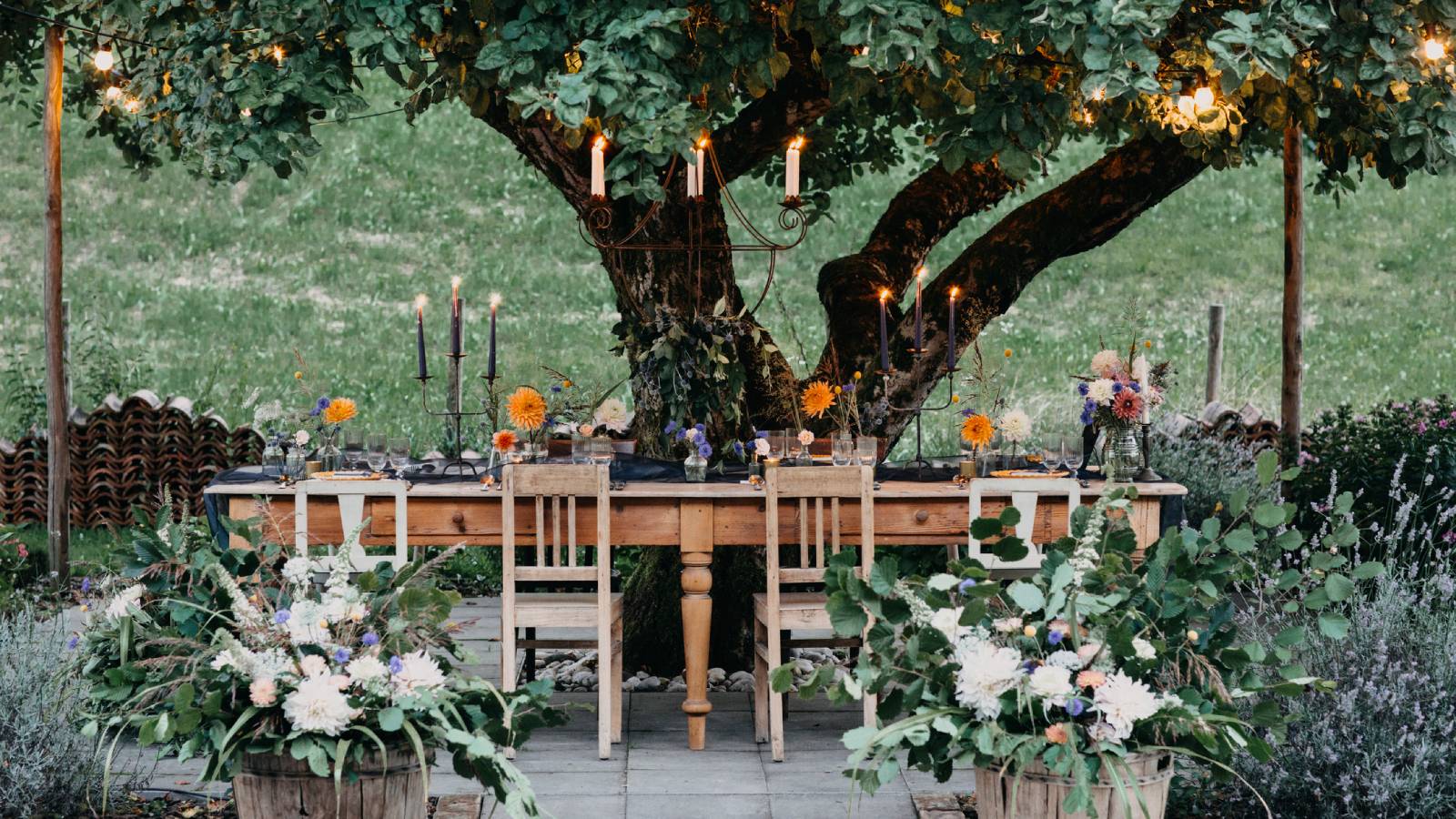

I’m a great tree fan and believe that trees are first-tier elements in any landscape. They make the backyard inviting and beautiful, while also improving air quality, providing food and shelter for wildlife, preventing soil erosion and impeding stormwater runoff.
But when it comes to landscaping around trees, you need to tread carefully. While there are never hard and fast rules in landscaping, planting a garden beneath trees is not an “anything goes” project. Here are 7 recommendations to consider if you want both your trees and the landscaping around them to thrive.
1. Don't Damage Roots
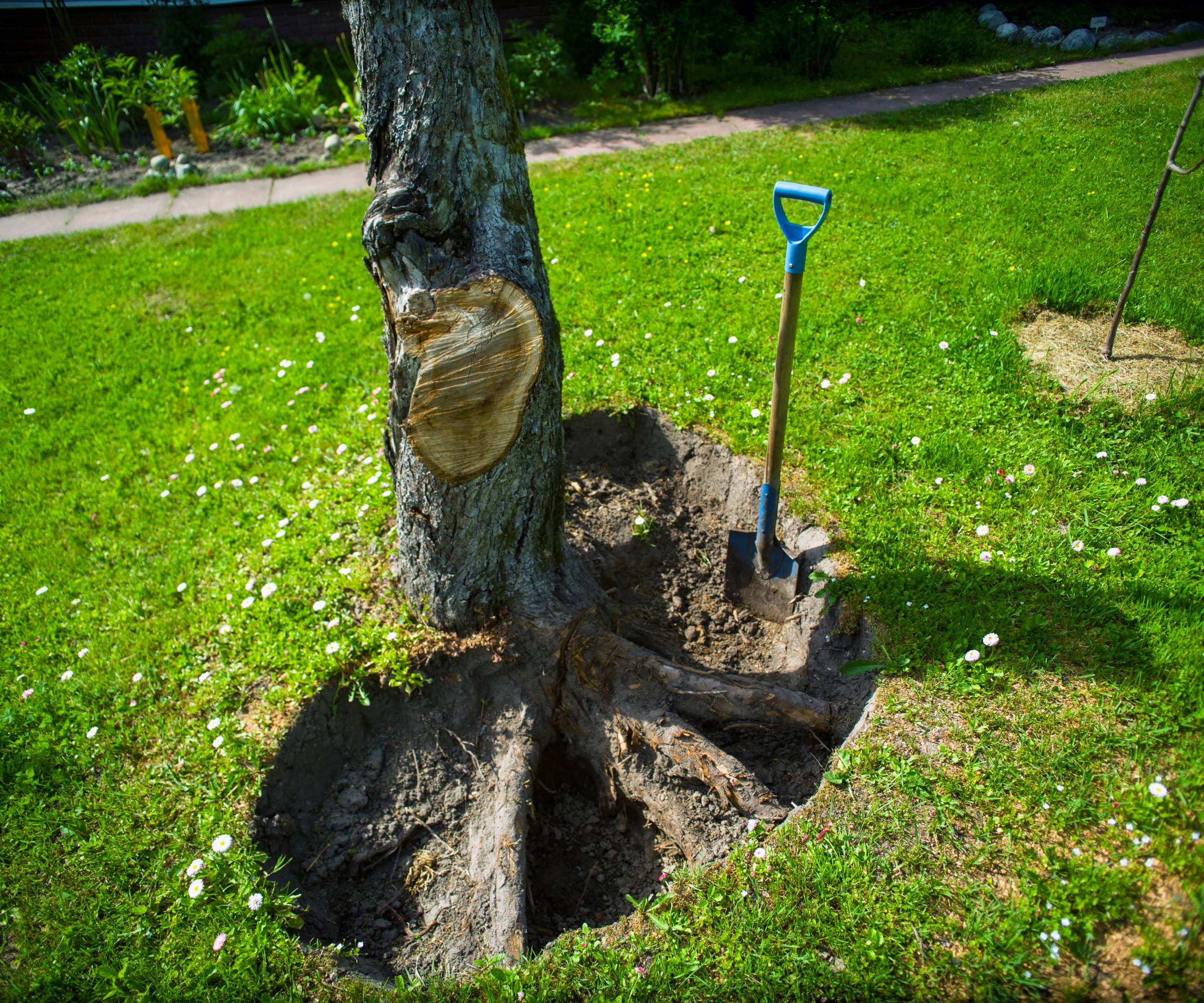
A healthy root system is essential for a tree. A tree’s root system not only stabilizes the tree in the soil, but it is also the plant’s system for uptaking water and nutrients it needs to survive and thrive. Some trees, like oaks, have a big, deep tap root that is difficult to injure, but others, like maples, have a spreading root system closer to the surface. If you dig deeply or carelessly in the soil around the tree, you may injure critical roots.
Do dig delicately in the critical root zone
The critical root zone is the area of soil that would be shaded by the tree’s canopy if the sun were directly above it. The roots in this zone are too important to the tree’s survival to mess with. If you wish to plant in this area, work gently. If you come upon a root, move your digging tool to one side or the other of the root.
2. Don’t Use Weed Barriers
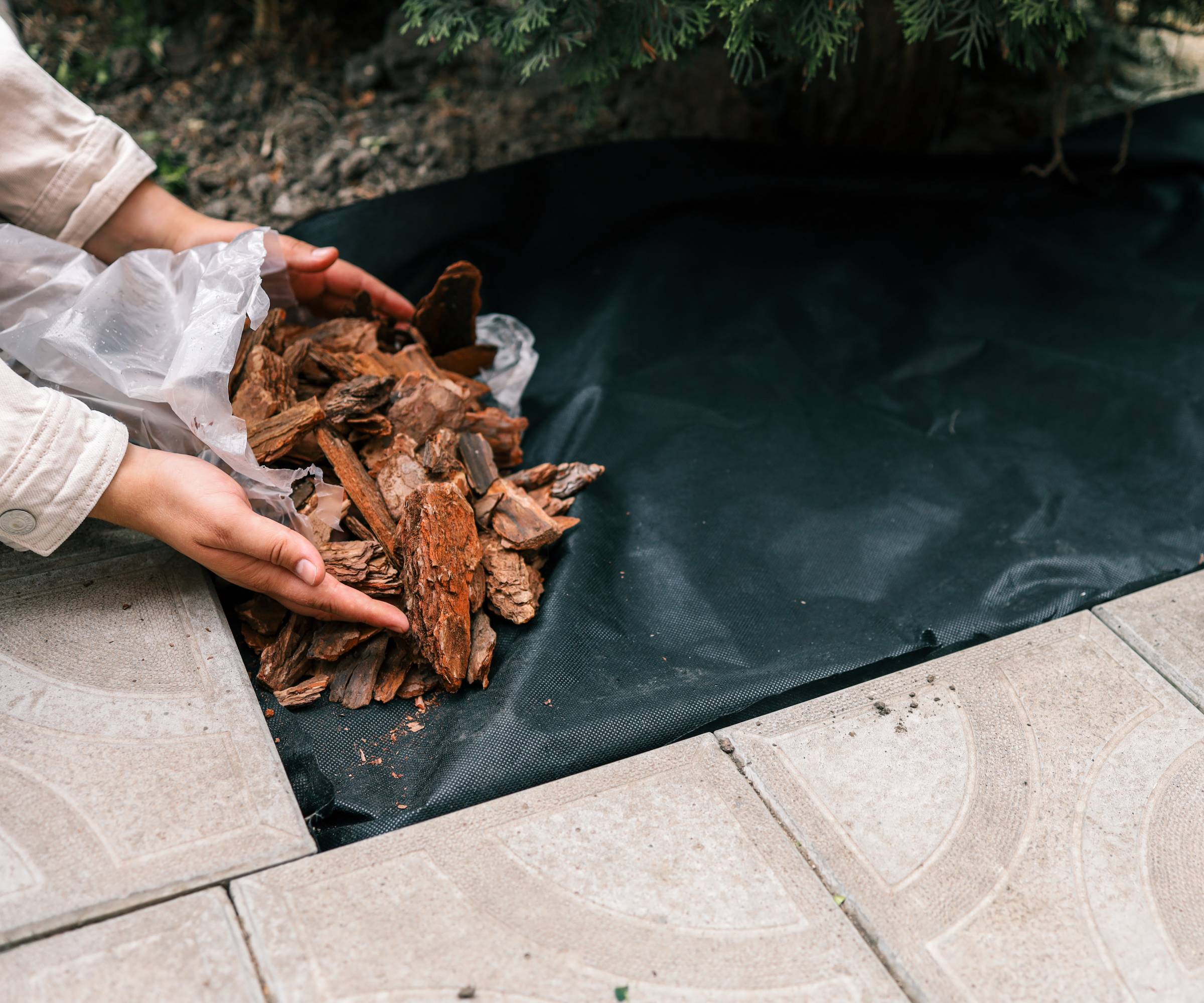
The purpose of weed barriers is to prevent weeds from growing. But there is nothing in landscape fabric that limits the effects to weeds. After all, a weed is neither more nor less than a plant growing somewhere you don’t want it to be. If you put weed barriers over a tree’s root area, it can impede water from getting to the tree’s roots.
Do make the critical root area as natural as possible.
In the wild, you might find weeds in the area under the tree’s canopy; you’ll probably find sticks and certainly find a light layer of leaves. Leave it as natural as possible. Yes, it’s possible to install a few shallow-rooted flowers, but why not add a few potted plants under your tree instead? Maybe with these amazing abstract face planters from Amazon? Hands off the roots to the maximum extent possible.
3. Don't Pile Up Soil
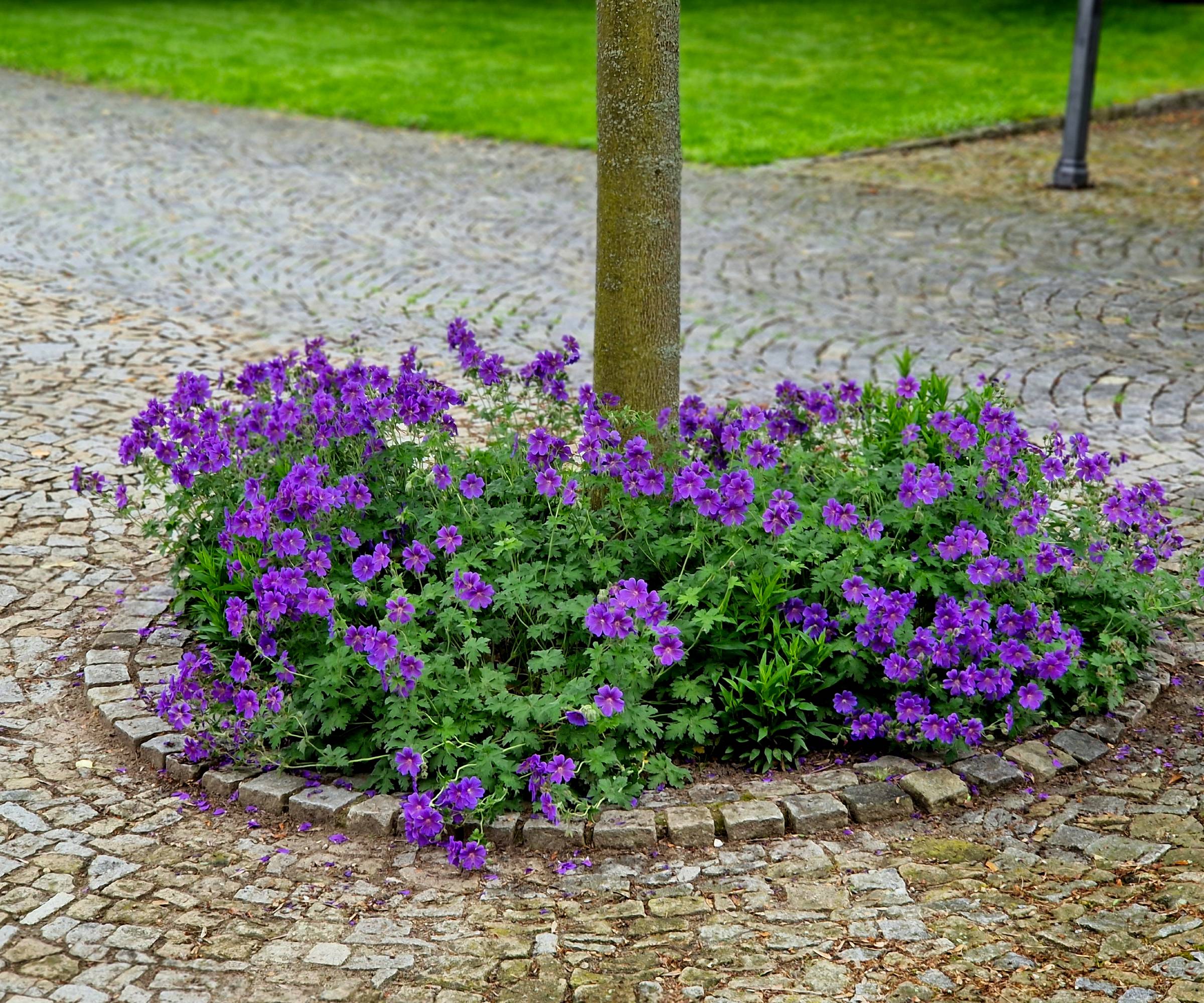
Sure, the idea may have a certain appeal: build a border around the bottom of a tree and make it into a raised bed for flowers. We’ve all seen it done, but you should avoid this at all costs. That soil will press moisture around the base of the trunk and, over time, cause the bark to rot. Disease and insect pests can enter through that rotten section.
Sign up for the Gardening Know How newsletter today and receive a free copy of our e-book "How to Grow Delicious Tomatoes".
Do maintain the existing soil level under the tree.
The tree has grown with this level of soil for years. Its roots are accustomed to the level of air and water provided.
4. Don’t Build Too Close
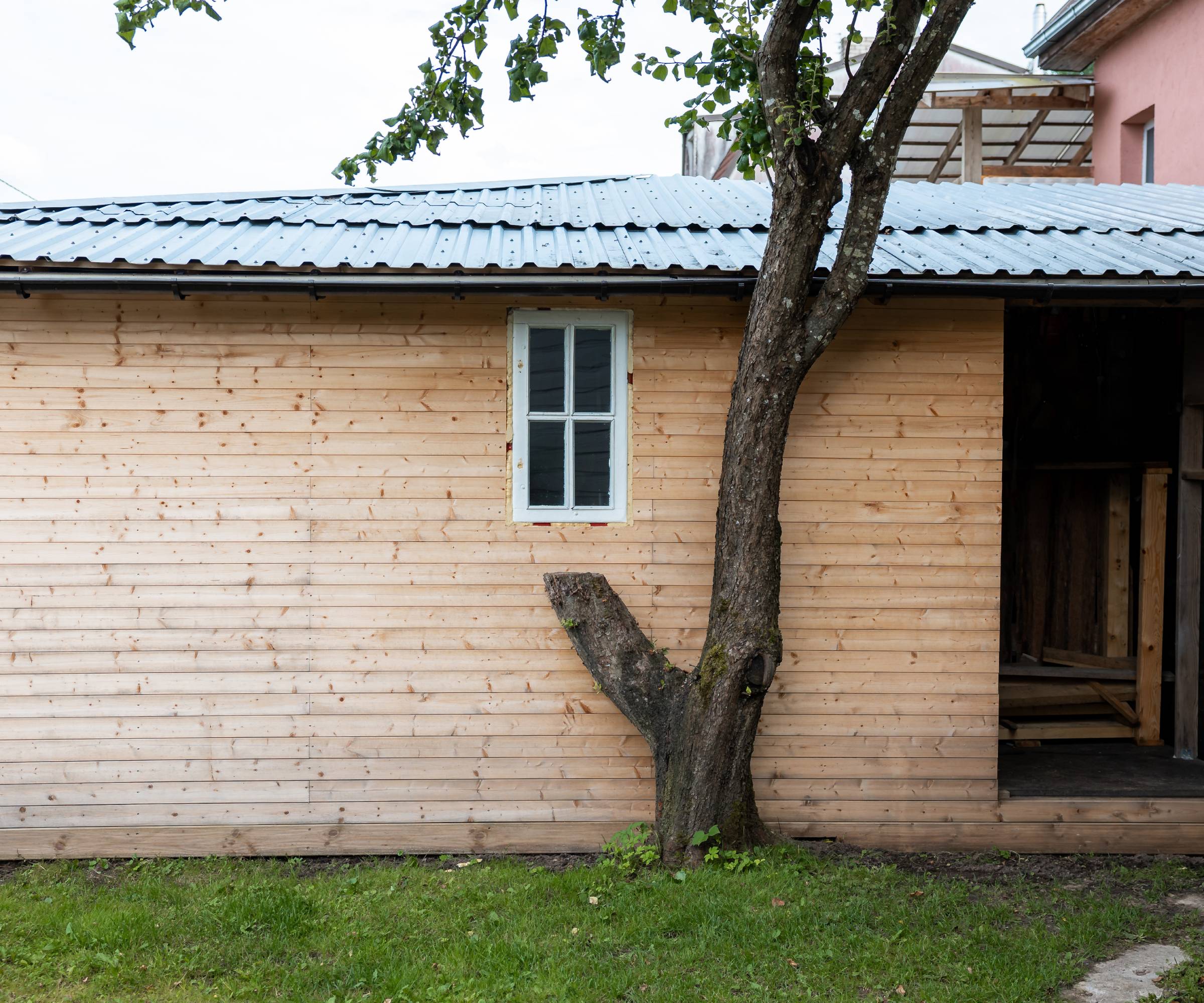
If you intend to install some hardscaping in your garden, work around mature trees. Don’t cut them down or crowd them. Keep in mind the decades it took that tree to grow. Build the deck or patio around the existing trees. Keep all hardscaping at least 3-6 feet (1-2m) from the tree’s trunk to allow for growth.
Do add a seating area beneath a tree’s canopy.
If there's sufficient room beneath the canopy of a tree for a bench, it’s a great idea to add one. Maybe this double Adirondack chair from Amazon?A hammock could work as well. It will turn into your favorite spot for relaxing after work and give you a daily dose of communing with the tree.
5. Don't Mow Over Roots
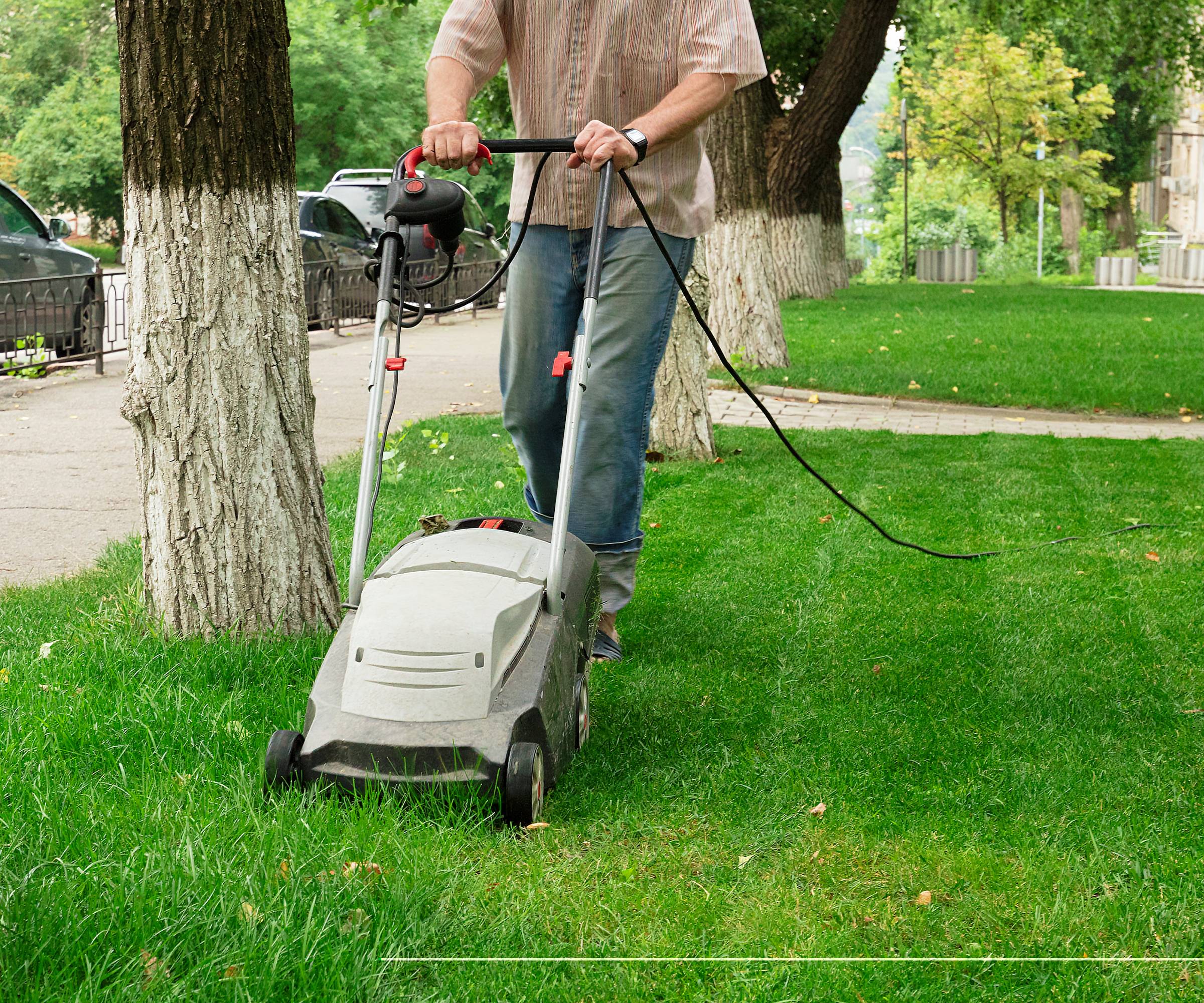
It’s too easy to injure the roots or the trunk of a tree if you run the mower under the canopy. Slicing a root can allow disease or insects to enter the tree.
Do pull out weeds by hand.
If there are weeds under the tree that you want to remove, pull them out by hand. The alternatives are to snip them out with a pruner or to just leave them in place.
6. Don't Mulch Up to the Trunk
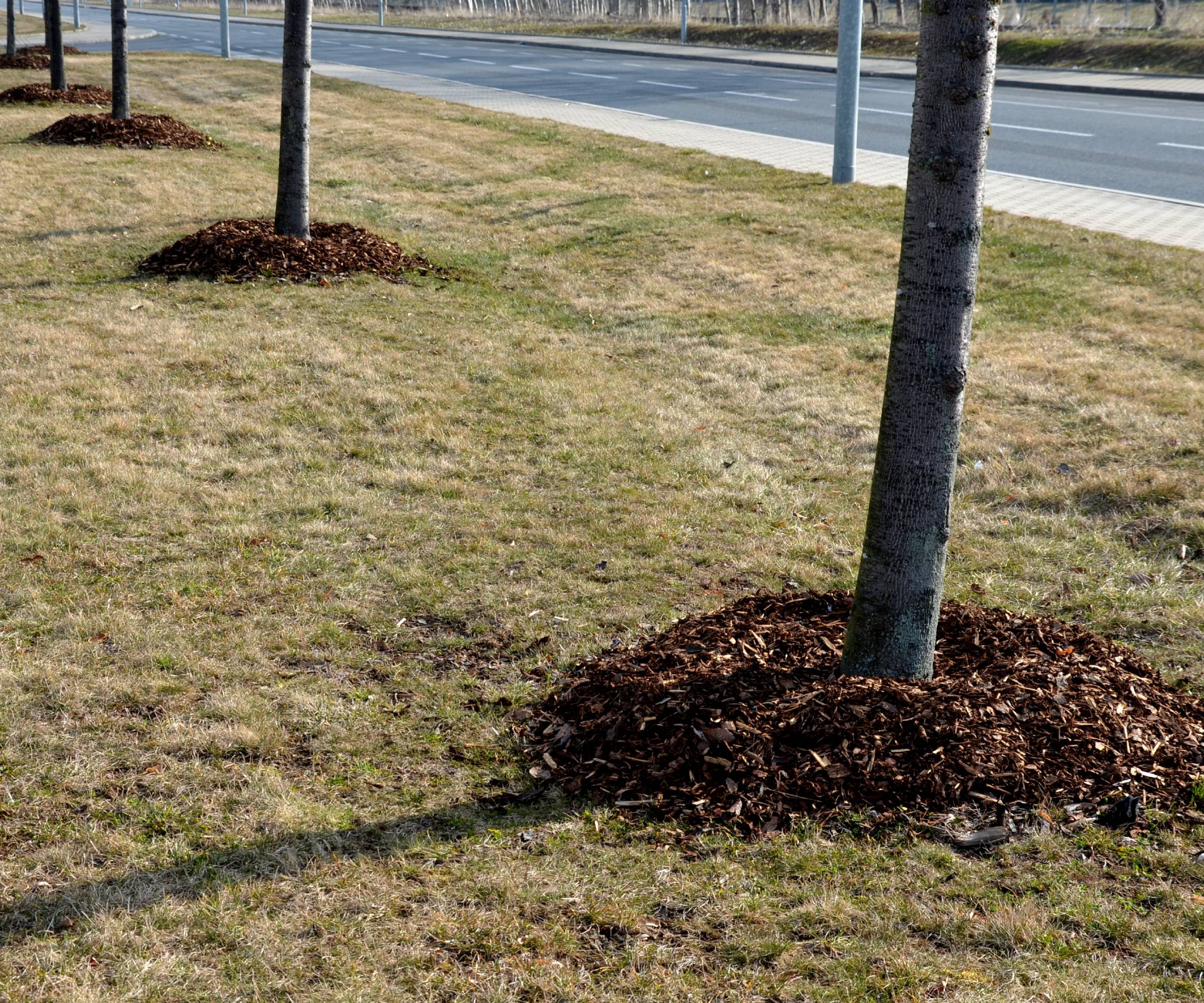
Most trees do not need any mulch over the critical root zone. Certainly, you want to avoid using too much mulch as a “volcano” that prevents air and water from getting to the root area.
Do put a ring of mulch around the tree if it is planted in turfgrass.
If turfgrass grows under the canopy area of the tree, it is just as bad as mulch in terms of keeping water and nutrients from the roots. In addition, when grass grows right up to the trunk, you’ll need to mow or trim there and might injure the tree. It helps to remove a donut of turfgrass from the area nearest the trunk and install mulch. But leave a gap of bare soil between the mulch and the tree so that oxygen and water can get to the roots.
7. Don't Go It Alone
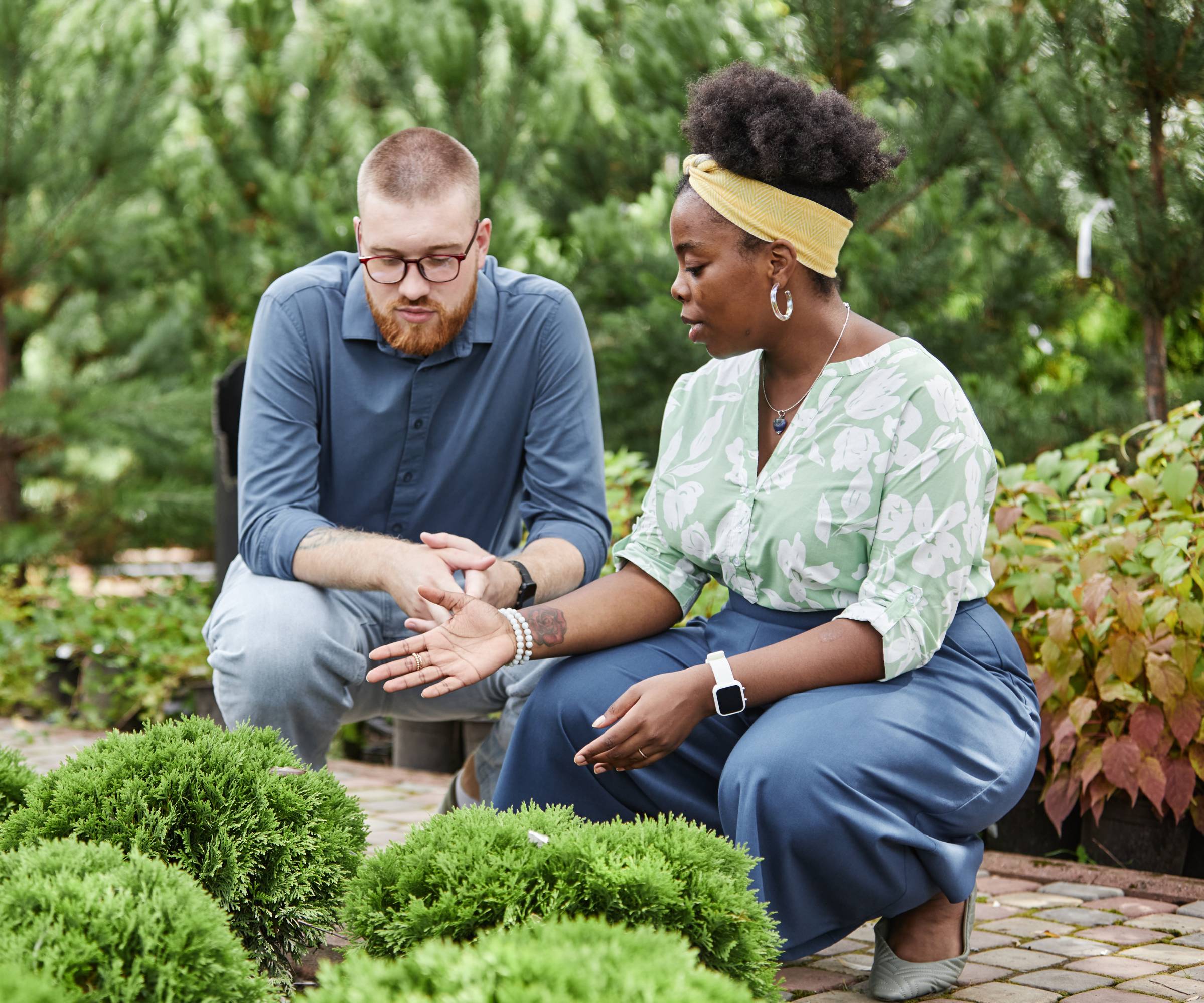
If you're putting in a swimming pool, patio, fountain, or any other type of large hardscaping, expertise is required. Don’t try to save money by being your own landscape designer. This could cost you the life of one or more trees.
Do call in an expert.
It’s well worth the money to work with an arborist to determine the best way to safeguard existing trees during a hardscape project. The arborist can inspect your landscape and your plans and make sure your trees are protected.
Mature trees can give your landscape a classic and elegant look. Don’t undercut their beauty by making mistakes that endanger the tree’s health. It’s much more efficient to organize a landscape project around existing trees than it is to plant new saplings and wait for them to grow.
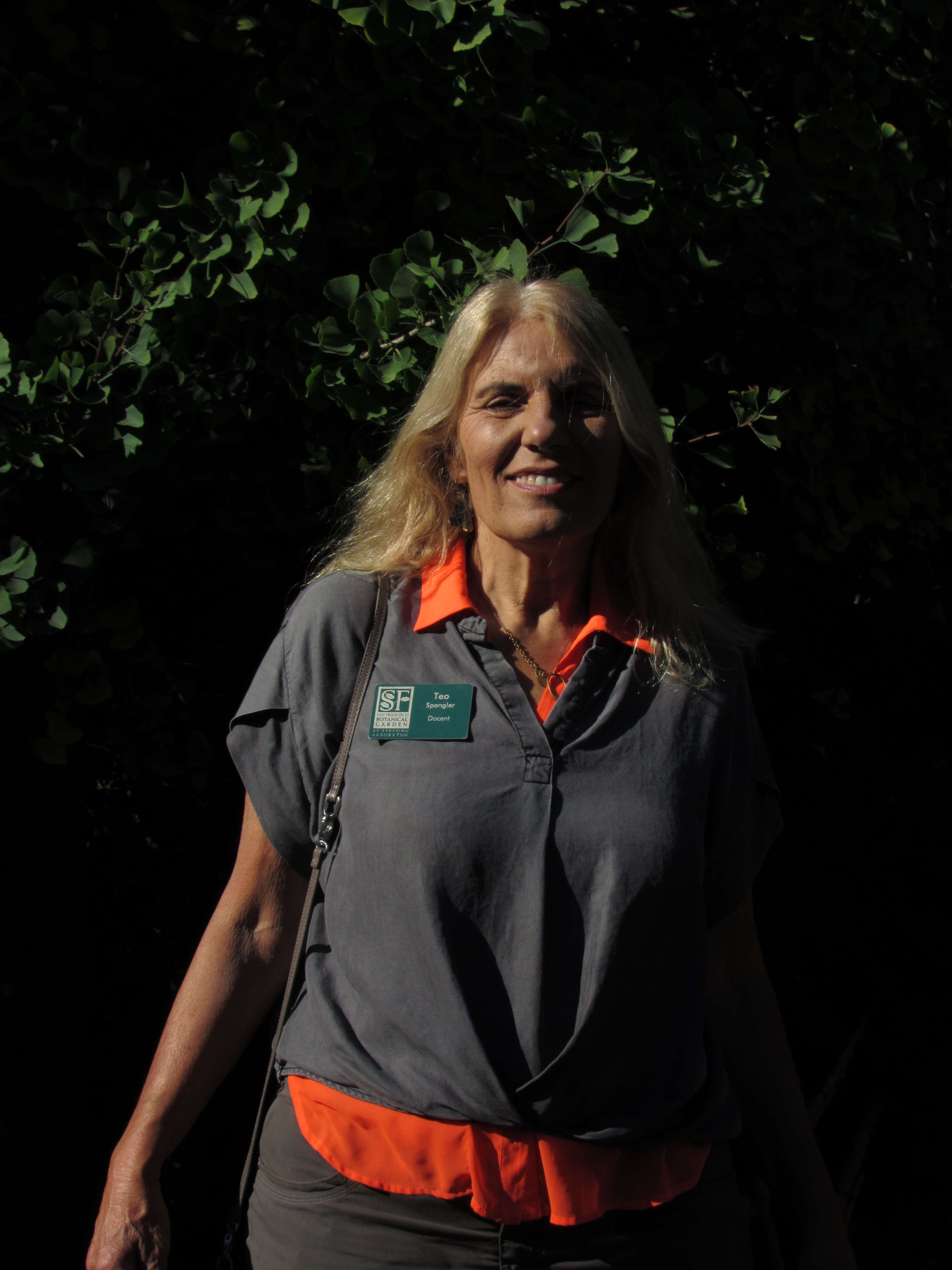
Teo Spengler is a master gardener and a docent at the San Francisco Botanical Garden, where she hosts public tours. She has studied horticulture and written about nature, trees, plants, and gardening for more than two decades, following a career as an attorney and legal writer. Her extended family includes some 30 houseplants and hundreds of outdoor plants, including 250 trees, which are her main passion. Spengler currently splits her life between San Francisco and the French Basque Country, though she was raised in Alaska, giving her experience of gardening in a range of climates.